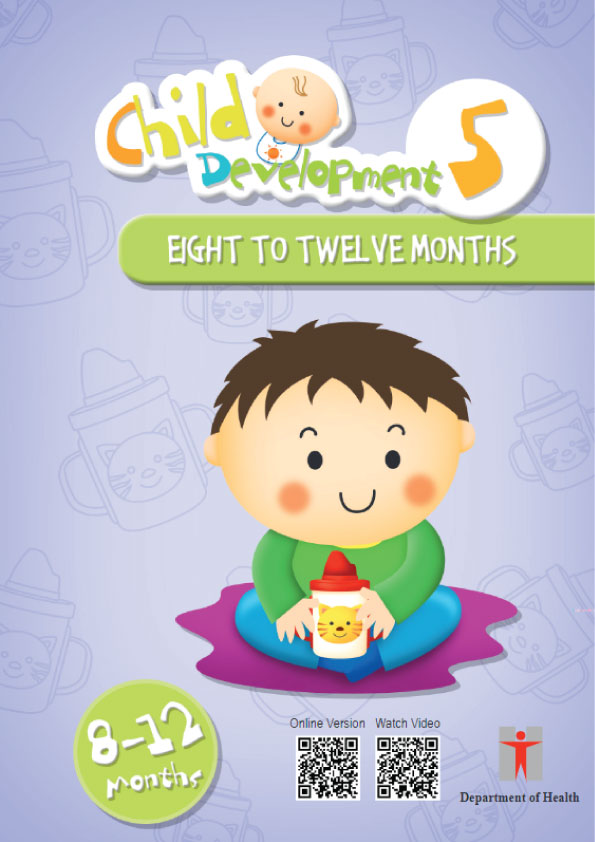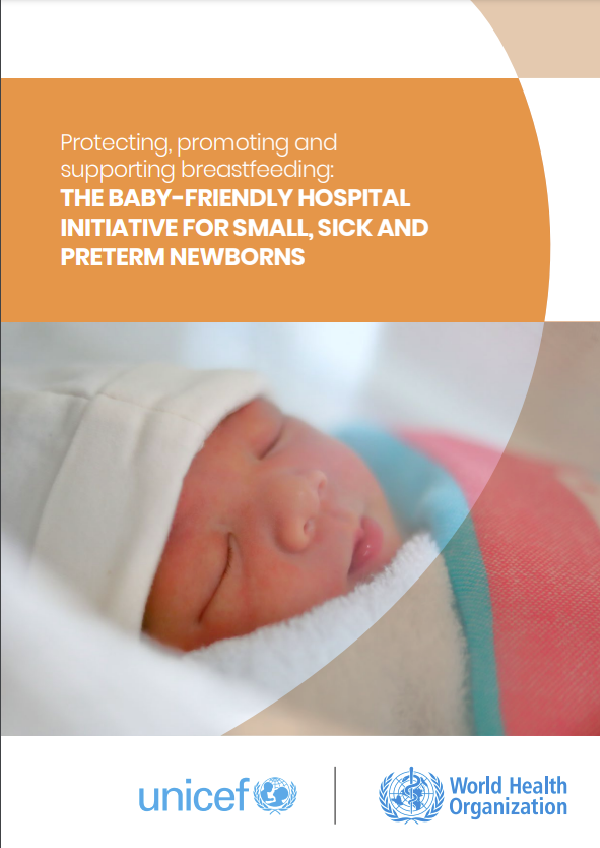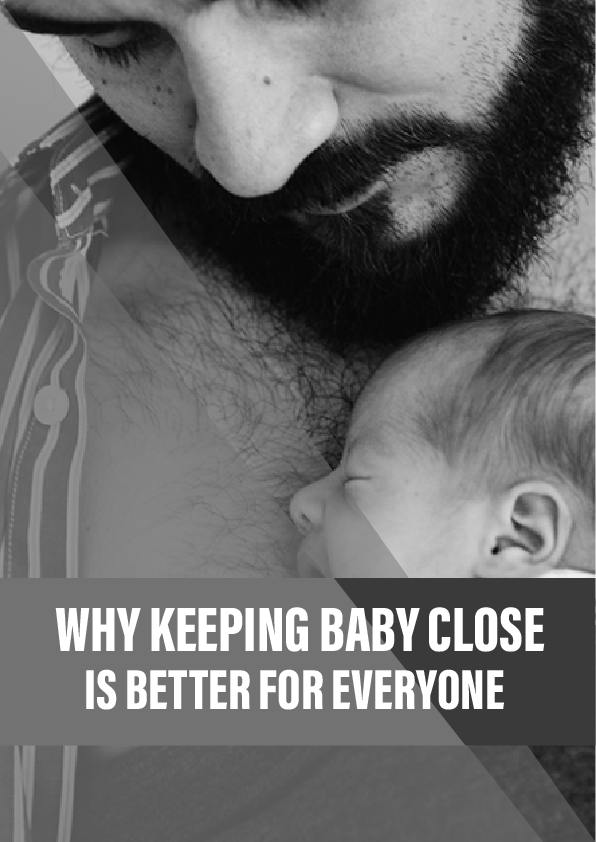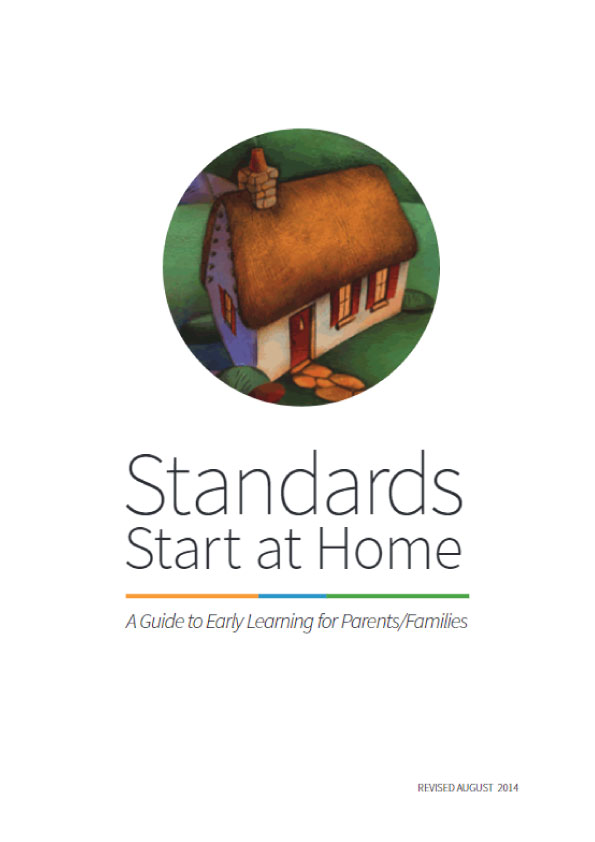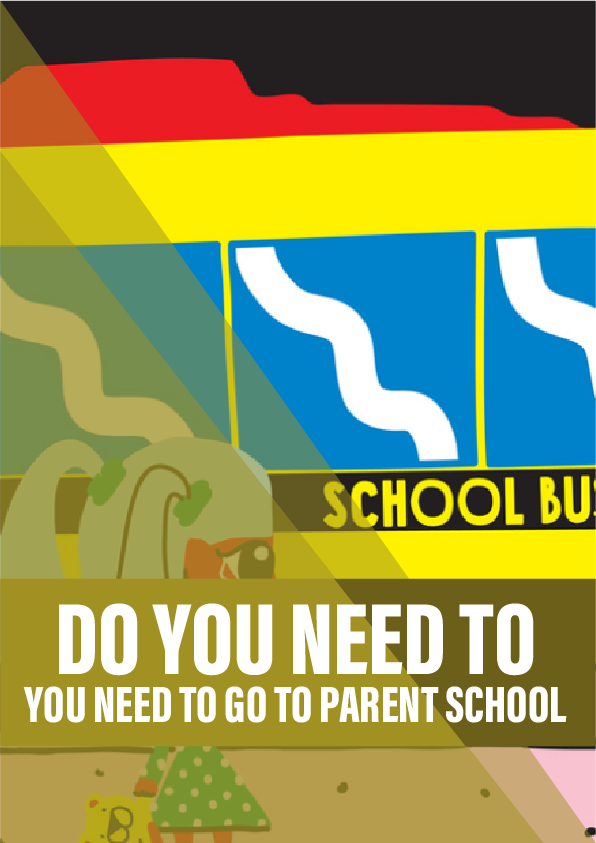During these few months, your child is becoming increasingly mobile. Being able to move about give her a sense of power and self-control for physical independence. At the same time, her sense of stranger anxiety also reaches its peak. You may find her eager to move about and to explore away on her own. Yet she may become distressed if she wanders out of your sight or you are too far away from her.
This is the time when your safety awareness is of definite importance. Make sure your home is already child-proofed. By providing a safe and interesting environment, you give her greater freedom such that she can make her own discoveries without much of your intervention.
Knowing when to guide a child and when to let her do things on her own is part of the art of parenting. The more opportunities you give her to discover, to test out and to solve problems, the stronger will be her capabilities, confidence and motivation to explore.
By the end of this period, your baby will be able to:
Movement
- Get to sitting position without assistance
- Sit well on the floor and can turn his body around to both sides without falling
- Get from sitting to crawling or prone position
- Creep on tummy, or crawl on hands and knees, or shuffle on bottom
- Lower self from standing to sitting or squatting position while holding onto furniture
- Stand with support and may stand alone momentarily
- Pull self up to standing
- Cruise around holding onto furniture
- Walk when hands held by adult or may take a few steps on his own
Hand and finger skills
- Poke with index fingers
- Pick up tiny objects using thumb and index finger (like pincers)
- Take objects out and put into containers
- Release objects voluntarily
- Deliberately drop toys repeatedly for adult to pick up
Language Development
- Pay increasing attention to speech
- Understand ” No “
- Respond to simple situational commands e.g. Wave “bye-bye”, “give mummy”
- Shake head for ” No “
- Make his wants known by gestures, pointing with index fingers or even words
- Vocalize long babbles (long strings of syllables) or jargon (speech-like vocalizations)
- Try to imitate words
- Speak 1 to 2 words spontaneously in a meaningful way like “ma-ma” or “da-da”
Cognitive Development
- Explore objects in many different ways (shaking, banging, throwing and dropping)
- Find hidden toys easily
- Understand the correct use of daily objects (e.g. comb for combing hair)
- Start engaging in make-believe play with household objects (e.g. Babbling into the telephone)
- Maintain relatively short attention span
Social and emotional development
- Appear shy or anxious with strangers, show distress when parents leave
- Show preference for certain persons and toys
- Test out parental response to her behaviors
- Enjoy imitating other’s action in her play
Self care
- Finger feed (i.e. feeds herself using fingers to hold her food)
- Help in dressing by holding out arms and legs
Stimulate infant’s development
Give your child freedom to explore in a safe environment. Try to increase your tolerance of the level of mess that he is going to create. Observe and find out from his exploring behaviours what he is interested in. Respond to him and praise him for desirable behaviours. Spend time with him, short but frequent periods of time are as good as periods of long duration. Talking and playing with him while following his interest is important for his development.
What you can do:
- Let your baby be physically active several times a day in a variety of ways
- Encourage and allow him to move about either by crawling or cruising along furniture under your supervision
- Encourage him to walk and develop balance by pushing a weighted “kiddie push walker”
- Avoid restraining your baby in a stroller, high chair or baby carrier for more than 1 hour at a time.
- Let him finger feed himself under your supervision
- Take every opportunity to talk to him, tell him what’s happening around especially as you bathe, change and feed him
- Use simple and specific language when you talk e.g. “I am washing your hands”
- Read with him and provide opportunity for him to join in.
- Encourage communication by promptly responding to his attempts to communicate
- Play “peek-a-boo” and other social games
- Provide chance for him to interact with other kids and adults e.g. by bringing him to the park
- Avoid screen time with various electronic media for your child
Toys that you can choose
- Toys of different sizes, shapes and colours
- Activity boards that encourage different types of manipulation with her fingers
- Boxes or empty containers for putting toys in and out
- Plastic cup, spoon, comb, toy telephone, large doll and puppet for imaginative play
- Cardboard, cloth or vinyl books with large pictures for her to look at and flip over the pages
Use of baby walkers
The American Academy of Pediatrics strongly urges parents not to use baby walkers. In contrast to what the name suggests, baby walkers do not help the process of learning to walk. They only strengthen the muscles in the lower legs but not those of the upper legs and the hips, which are used most in walking. They will decrease the child’s desire to walk. As he can move around easily, he may be able to reach dangerous places. There is also the risk of tipping over when the child bumps into obstacles.
The above information only gives you a general idea of the changes expected as your child grows. Each baby is unique and wide variations in the pace of development are often normal. Don’t be alarmed if your baby takes a slightly different timing or fails to attain certain ability at some stage. It may only signal a need for more attention.
Discuss with doctors or nurses if
By the end of 9 months, your baby
- Does not sit alone
By the end of 12 months, your baby
- Does not walk along holding onto furniture
- Does not pick up small objects like crumbs and rice using her finger tips
- Seldom look into the eyes of her carer
- Does not respond to calling of her name often
- Does not respond to command with gestured cues e.g. wave “bye-bye”, “clap your hands”
- Does not use sounds, words, gestures or pointing to indicate needs
- Appears not hear or see well
